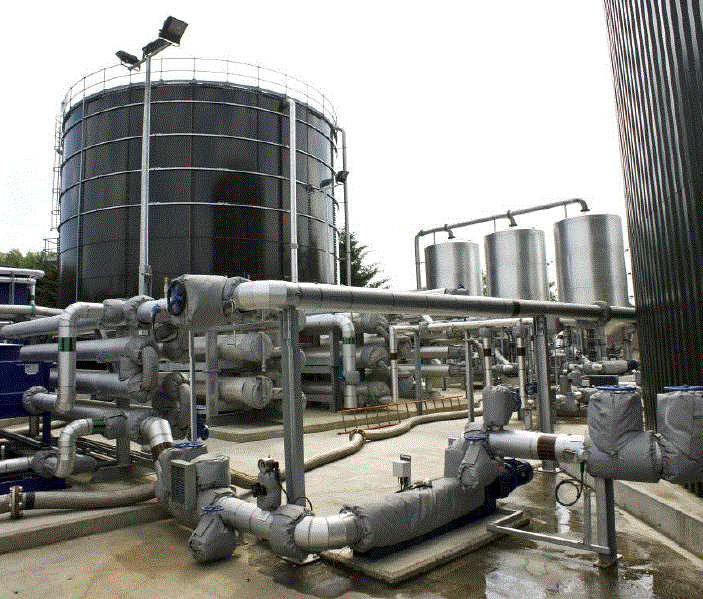Fly-tipping figures released today [15 October 2013] by the government show incidents county-wide have dropped by 497 or 8.7% from 5,687 to 5,190.
South Somerset’s fall has carried on into the first three months of this financial year, down by 114 to 338 on the same period last year, and down by 94 on January-March 2013. All Somerset districts saw improved figures in 2012/13; as well as South Somerset, Mendip was down 73 to 1,631, Sedgemoor down 306 to 1,161, Taunton Deane down 42 to 646, and West Somerset down 71 to 93.
The improvements were first reported to the Somerset Waste Board four months ago in June, and follows a path previously predicted by board chairman Cllr Derek Yeomans. The fall has coincided with greater efforts to deter fly-tippers, through new equipment, warning signs and further training for district enforcement officers, backed by Somerset County Council.
South Somerset and other councils are moving to reduce the fly-tipping “supply” by urging residents and businesses to check if those removing rubbish – such as builders – have the correct waste carrier’s licence. Councillor Jo Roundell Greene, Portfolio Holder for Environment and Economic Development said, “Building on this good news, this district will continue to fight fly-tipping, with our enforcement staff leading the way in tackling this crime. You can play a vital role by reporting suspicious activity and giving evidence, as this remains a tough crime to deter or prosecute. We must ensure that our countryside is kept looking beautiful. One thing we can all do is to ensure our own household or business rubbish is not fly-tipped; just ask anyone taking it away – builders, gardeners and other tradespeople – for their waste carrier licence.”
Clearing up Somerset’s fly-tipping costs South Somerset and the other district councils a total of around £150,000 a year, with the County Council contributing about £36,000 in 2012/13.



